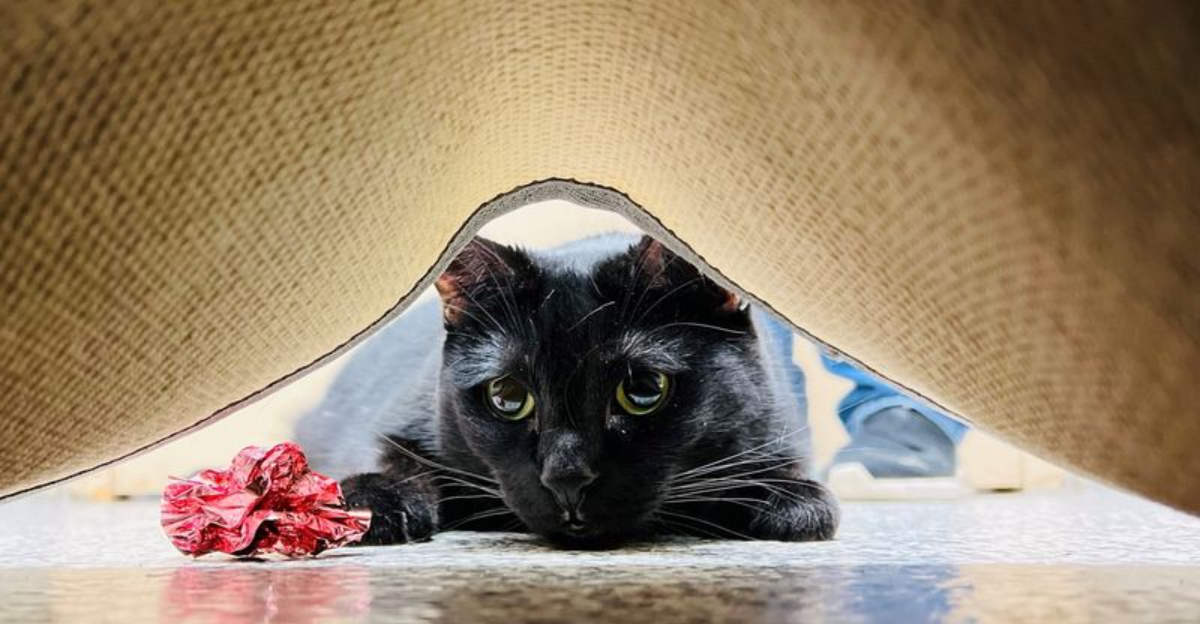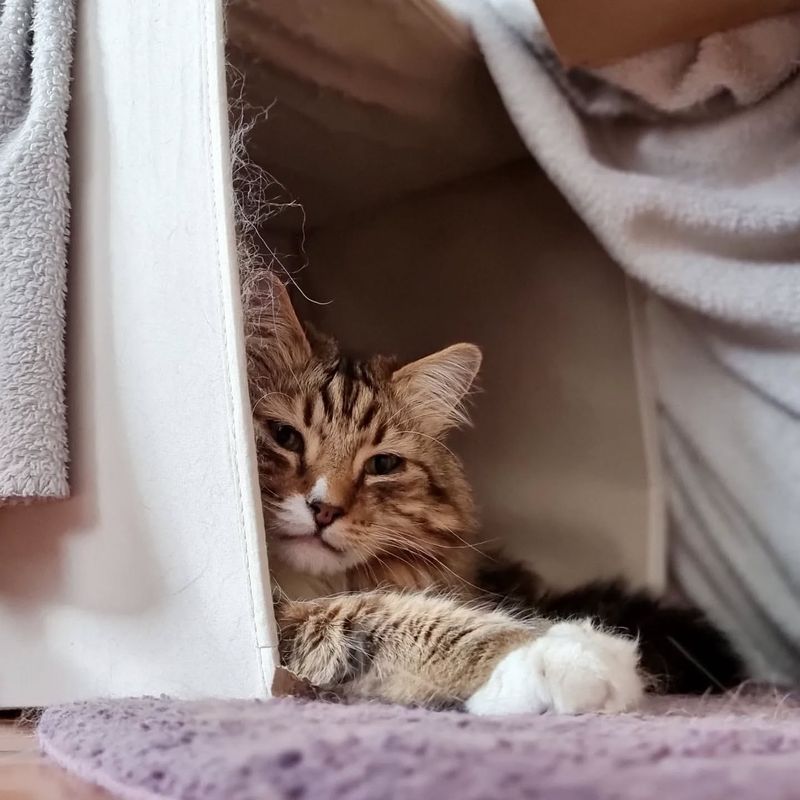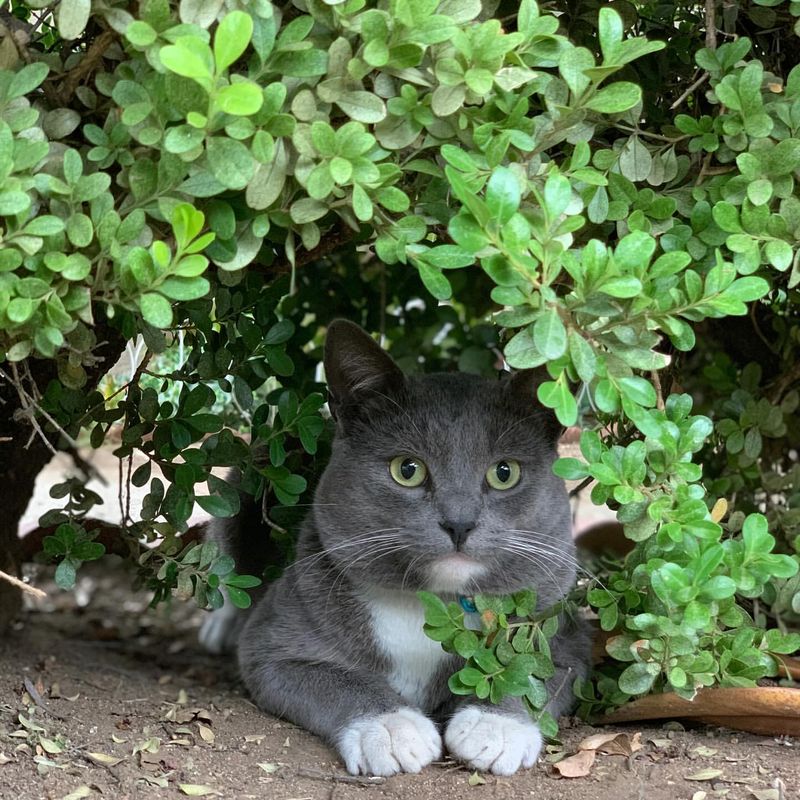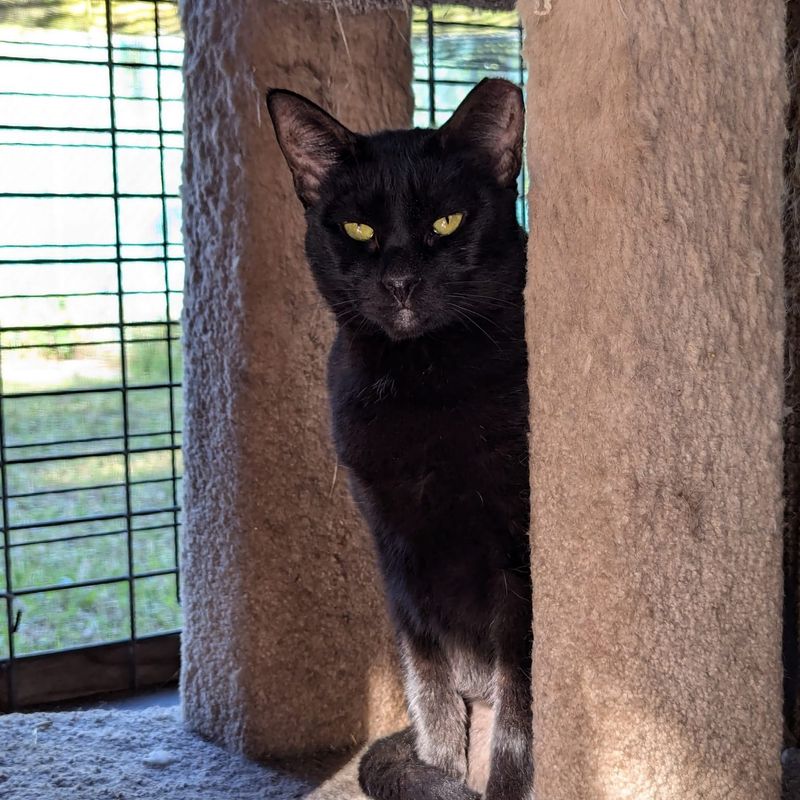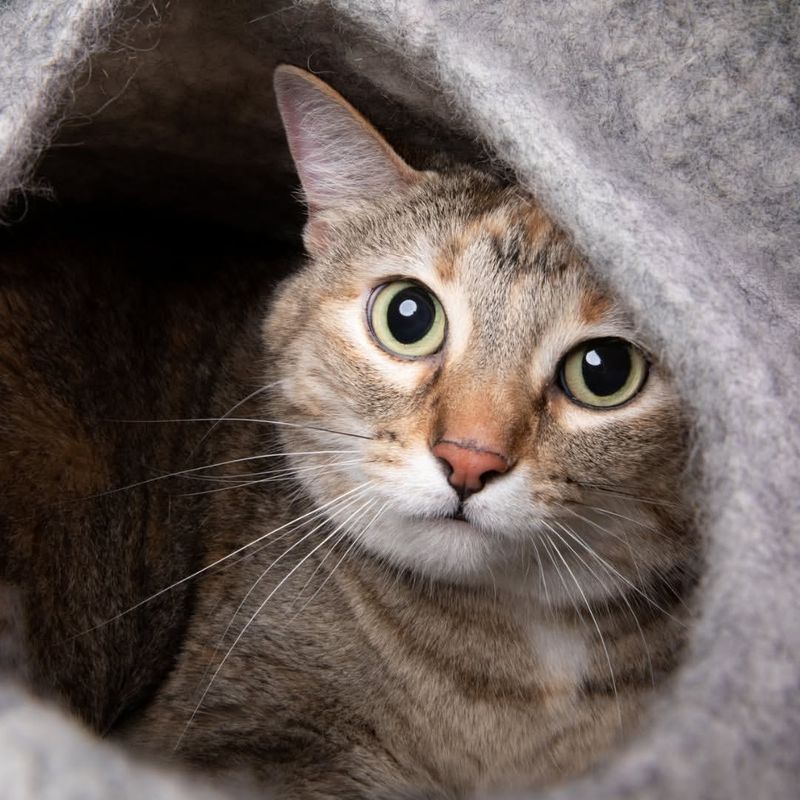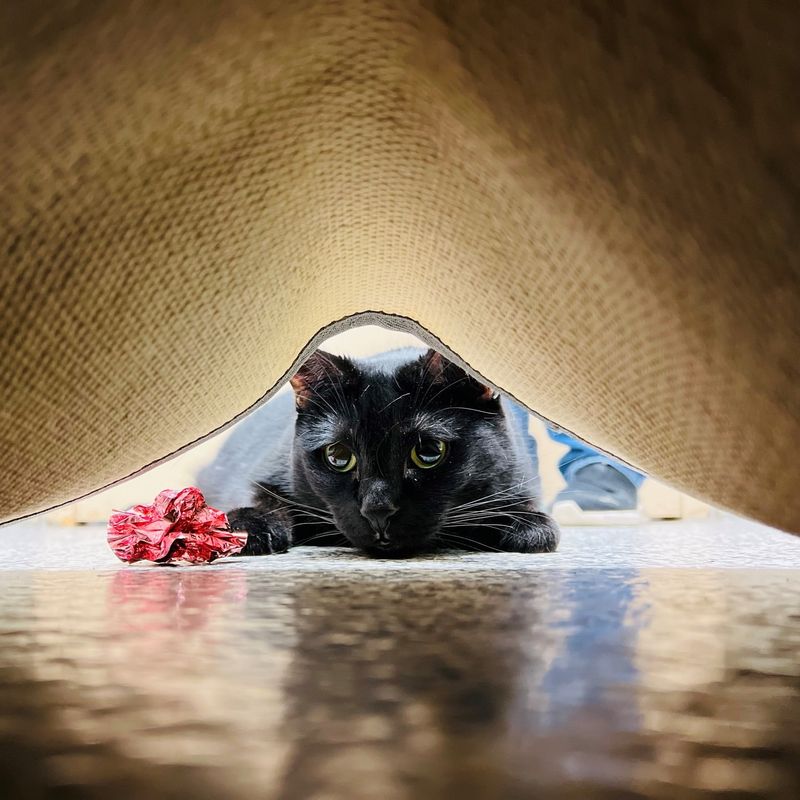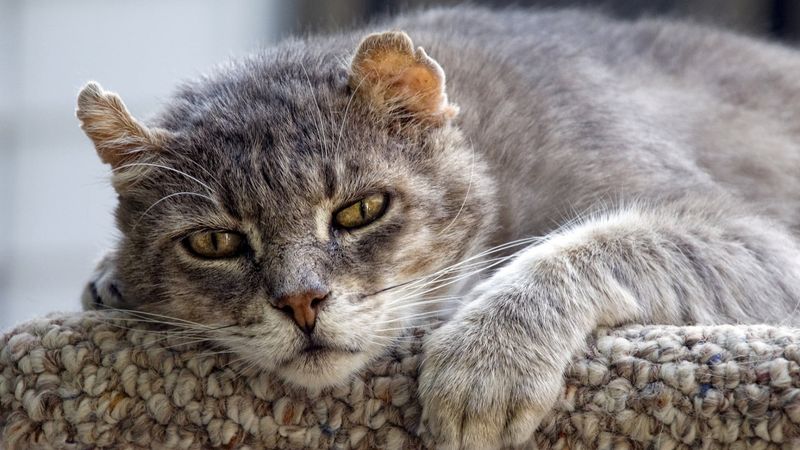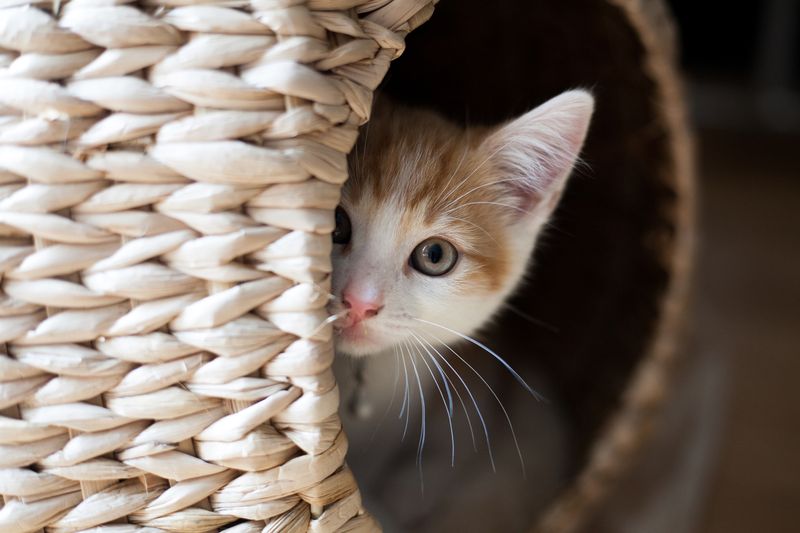📖 Table of Content:
Cats are known for their mysterious behavior, often leaving pet owners puzzled by their actions. One common and sometimes worrisome behavior is hiding, which can be unsettling if you’re unsure of the cause. Understanding why your cat seeks solitude can help ease concerns and allow you to respond appropriately to their needs.
There are various reasons why a cat might choose to hide, ranging from stress and fear to health issues. Sometimes, cats hide when they’re feeling overwhelmed or unwell, as it’s their way of seeking safety and comfort. Recognizing the signs of stress or illness early on can help prevent more serious issues down the road.
By observing your cat’s behavior and environment, you can better understand their hiding tendencies. Whether it’s a sign of a change in their routine or an indication of physical discomfort, it’s essential to pay attention to these cues. Here are 10 key reasons your cat might be retreating into hiding, so you can provide the right care and support.
1. New Environment
Cats are creatures of habit. A sudden change, like moving to a new home, can be overwhelming. The unfamiliar smells and sounds might cause your feline to seek refuge in a cozy corner.
It’s natural for them to feel insecure in unknown surroundings. Allowing them space and time to adjust is key.
Slowly introduce them to different areas of the house, offering treats and comfort. Gradually, they’ll start to feel more at ease and venture out on their own. Remember, patience is essential during this transition.
2. Illness or Pain
When cats feel unwell, they tend to hide. It’s a survival instinct to protect themselves from predators when vulnerable.
If your cat is exhibiting unusual hiding behavior, it’s important to check for other signs of illness like lethargy or lack of appetite.
A trip to the vet is advisable if you suspect anything amiss. Early detection can make a significant difference in treatment outcomes. Regular check-ups and a watchful eye can help in recognizing these signs early.
3. Fear or Anxiety
Loud noises, such as thunderstorms or fireworks, can send your cat scrambling for cover. It’s a common reaction stemming from fear or anxiety.
Providing a safe, quiet space can help them feel secure. Some cats benefit from calming products or comforting routines.
Knowing their triggers allows you to minimize exposure and reduce stress. Over time, with positive reinforcement, they may become less reactive to these sounds. Building a trusting relationship is key to easing your cat’s anxiety.
4. New Pets or People
Introducing new family members, whether human or animal, can be daunting for a cat. They may retreat to regain a sense of security.
Gradual introductions and ensuring your cat has a safe space are crucial. Over time, they may warm up to the newcomers.
Patience and reassurance go a long way. Ensure everyone understands the cat’s need for personal space. Positive interactions, like playtime or feeding, can encourage bonding.
5. Territorial Disputes
As natural territorial beings, your cat may feel unsettled by the arrival of a new feline in the neighborhood or even a new housemate, disrupting their sense of control.
This might cause them to retreat and hide, avoiding confrontation. Providing individual spaces for each cat can alleviate tension.
Use pheromone sprays and provide separate resources like litter boxes and feeding stations. Over time, with careful management, they may learn to coexist peacefully.
6. Pregnancy or Hormonal Changes
A pregnant cat may seek solitude as she prepares for the arrival of her kittens. This nesting behavior is natural and instinctual.
Providing a quiet, comfortable space where she feels safe is essential. Avoid disturbing her nest to keep stress levels low.
Hormonal changes can also cause a cat to behave differently. Monitor her health and provide nutritious food to support her during this time. Understanding and accommodating these needs can ensure a smooth transition.
7. Stress or Overstimulation
Too much noise or activity can overwhelm a cat, prompting them to retreat to quiet spots. Overstimulation can be just as stressful for them as facing a potential threat.
Creating a calm environment with designated quiet zones can help. Consider using soothing music or pheromone diffusers.
Regular routines and predictable schedules can also reduce stress. Tailoring the atmosphere to your cat’s needs can encourage them to interact more comfortably.
8. Curiosity and Exploration
Sometimes, hiding is simply a sign of curiosity. Cats love to explore, and new hiding spots offer a sense of adventure.
This behavior is particularly common in kittens, who are discovering their environments. Encouraging safe exploration can enhance their confidence.
Ensure that potential hiding spots are safe and free from hazards. Interactive play and puzzle toys can also satisfy their curiosity without risk.
9. Aging and Cognitive Changes
As cats age, they may become less social and more inclined to seek solitude. Cognitive changes can influence their behavior, including increased hiding.
Providing comfort and understanding their needs during this stage is crucial. Soft bedding and easily accessible resting spots can aid their comfort.
Regular veterinary check-ups can help manage any age-related health issues. Supporting their lifestyle changes with love and care makes a difference.
10. Past Trauma or Abuse
For cats who’ve experienced trauma or abuse, hiding becomes a way to cope. Building trust with them requires patience and offering a safe, peaceful environment.
Gentle interactions and a stable environment are essential in helping them feel safe. Avoid forcing them into uncomfortable situations.
Over time, with love and consistent care, they may learn to trust again. Adopting a calm demeanor and respecting their boundaries fosters healing. Professional advice from a behaviorist can also be beneficial.
